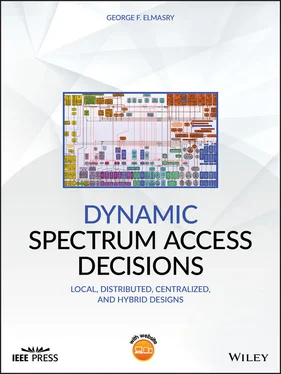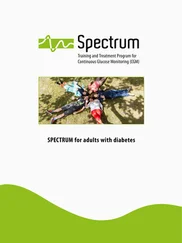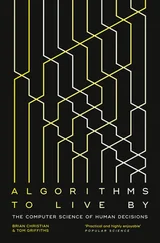3 After using a low noise amplifier, the receiver implements further analog noise cancellation of the RF signal.
4 After the analog to digital converter, the 5G receiver further implements other digital signal noise cancellation techniques.
The 5G protocol stack and the SDR concepts of 5G allow the service provider more flexibility in implementation. Figure 6.10shows the 5G protocol stack at a higher level. The use of 5G in specific industrial applications has the flexibility of adding software modules that can allow for adapting 5G to the industrial application needs. For example, a service provider can explore using a form of network coding in the open wireless architecture (OWA) layer for further dB gain that can be achieved when using 5G mm‐wave links for long‐range reachability. This technique will trade some bandwidth for additional error control coding redundancy.
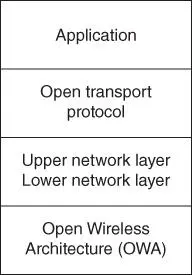
Figure 6.105G protocol stack.
The reader is encouraged to explore antenna design literature for more details about how 5G MIMO antenna interference cancellation is achieved in the mm‐wave range, which is beyond the scope of this book. However, the next chapter introduces some MIMO techniques that can be considered for adapting 5G for military communications systems.
6.4 5G and Cooperative Spectrum Sensing
Cooperative spectrum sensing was originally explored in the context of CR networks where the secondary user (SU) has the ability to detect spectrum utilization and collect spectrum sensing information either as a standalone radio terminal, cooperatively with peer nodes, or relying on an external spectrum sensing information. This was covered in Part 1 of this book, where energy detection and other sensing techniques that can be used by the SU are explained. Part 1 also covered DSA for heterogeneous MANET networks with some focus on military communications challenges and approaches to solving the challenges of DSA with heterogeneous MANETs using hybrid design that include cooperative distributed decision fusion. The 5Gs take on cooperative spectrum sensing has some different and unique angles such as:
energy conservation of end‐user devices
leveraging the fact that 5G networks can be dense
avoiding information redundancy
optimizing resource utilization with heterogeneous networks overlay
the consideration that end‐use devices can connect to each other with device‐to‐device (DTD) communications protocols.
One of the core concepts in 5G is the use of a spectrum agent (SA) in order to offload some of the burdens of spectrum sensing and fusion away from the 5G end‐user devices. Notice that 5G can use both licensed and unlicensed spectrum, making it important to detect what frequency bands other communication systems operating in the same geographical location are using.
The dense deployment of 5G small cells is leveraged to turn each cell into a SA and turn inactive 15small cells into SAs. Figure 6.11illustrates the compound overlay of active and inactive entities in a 5G deployment in an urban area where we can have a macrocell with the largest area of coverage shown in the figure with the large tower at its center, multiple picocells as illustrated by the small towers, and many femtocells as illustrated with the femtocell icons. This illustration uses inactive femtocells as SAs where an end‐user device can obtain spectrum awareness information from an SA even though the device has not made the decision to select this SA as an access point or to use other access points.
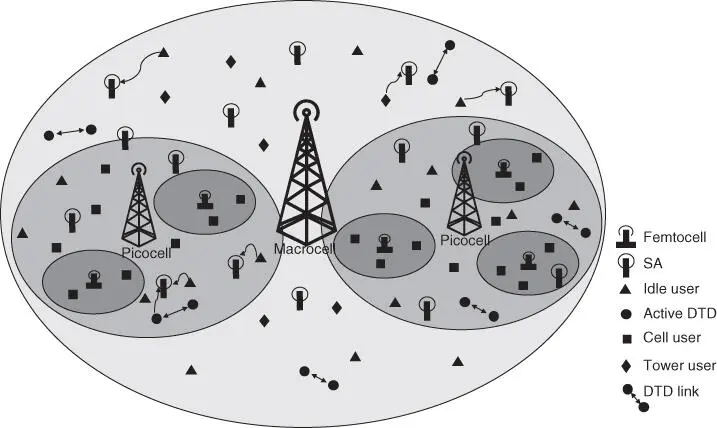
Figure 6.11The compound overlay of 5G entities in a 5G deployment.
Notice in Figure 6.11that a macrocell user can be utilizing a licensed spectrum band while an end user obtaining spectrum awareness information from a SA can end up using unlicensed spectrum band using the femtocell as the access point. With this approach, the end user does not have to perform the spectrum sensing functionality or the computationally extensive spectrum sensing information fusion. Instead, the end‐user device obtains processed information with decision fusion results from the SA. One can see from this compound overlay that if and when an SA acts as a femtocell, it may have to resort to unlicensed spectrum because the macrocell is using the licensed spectrum bands. As illustrated be the dotted lines in Figure 6.11, an end user would send the SA a spectrum service request and the SA can then do any of the following:
1 Periodically detect spectrum utilization in the area and decide if an available licensed band can be used or if an unlicensed band must be used. This decision is based on the SA periodically detecting and analyzing spectrum utilization in the area. Here, the SA is acting as a spectrum fusion center, deciding spectrum availability and broadcasting it to the end users in the area.
2 Not perform fusion and rely on the macrocell as the fusion center where all the SAs, femtocells and picocells send the macrocell their own spectrum sensing information and the macrocell performs the fusion and send the fusion results to the SAs, femtocells, and picocells. 16
In any case, the SA would respond to the spectrum access service request from the end user with a frequency band it can use regardless of whether that band is licensed or unlicensed, and regardless of whether the decision is made by the SA or the macrocell.
Note that 5G standards give the service provider flexibility in how to implement spectrum sensing, how to fuse sensing data, and how to create decision. A different hybrid form of local, cooperative distributed, and centralized 17spectrum sensing technique can be used by the different 5G services providers and the utilized technique can always be enhanced with time. The 5G service provider would have prerequisites such as removing the burden of spectrum sensing from the end user, and the goal of achieving spectrum utilization efficiency. The use of a hybrid spectrum sensing approach where the macrocell has a bird's eye view of spectrum use in this example and the ability to turn idle femtocells into SAs can always improve spectrum efficiency. The macrocell would use computationally complex spectrum arbitration techniques that can better optimize spectrum resources use dynamically from a global perspective and these techniques can be enhanced with time with new software releases. 18
6.4.1 The Macrocell as the Main Fusion Center
Figure 6.12shows a 5G spectrum fusion case where the macrocell is the only fusion center for spectrum sensing information. With this case, the following events can occur (notice that these events are continually occurring):
1 The SA continually senses spectrum and collects spectrum sensing information (without any fusion). It consolidates spectrum sensing information for all frequency bands.
2 The SA sends the consolidated spectrum sensing information to the macrocell.
3 Picocells and femtocells also send their consolidated spectrum sensing information to the macrocell.
4 The macrocell fusion center processes spectrum sensing information received from all SAs, all picocells, and all femtocells.
5 The macrocell fusion center creates fusion results and sends them to each SA, femtocell, and picocell.
6 An end user makes a spectrum service request from the SA.
7 The SA uses the fusion results from the macrocell and replies to the end user with a recommendation of which spectrum band(s) to use.
Читать дальше
